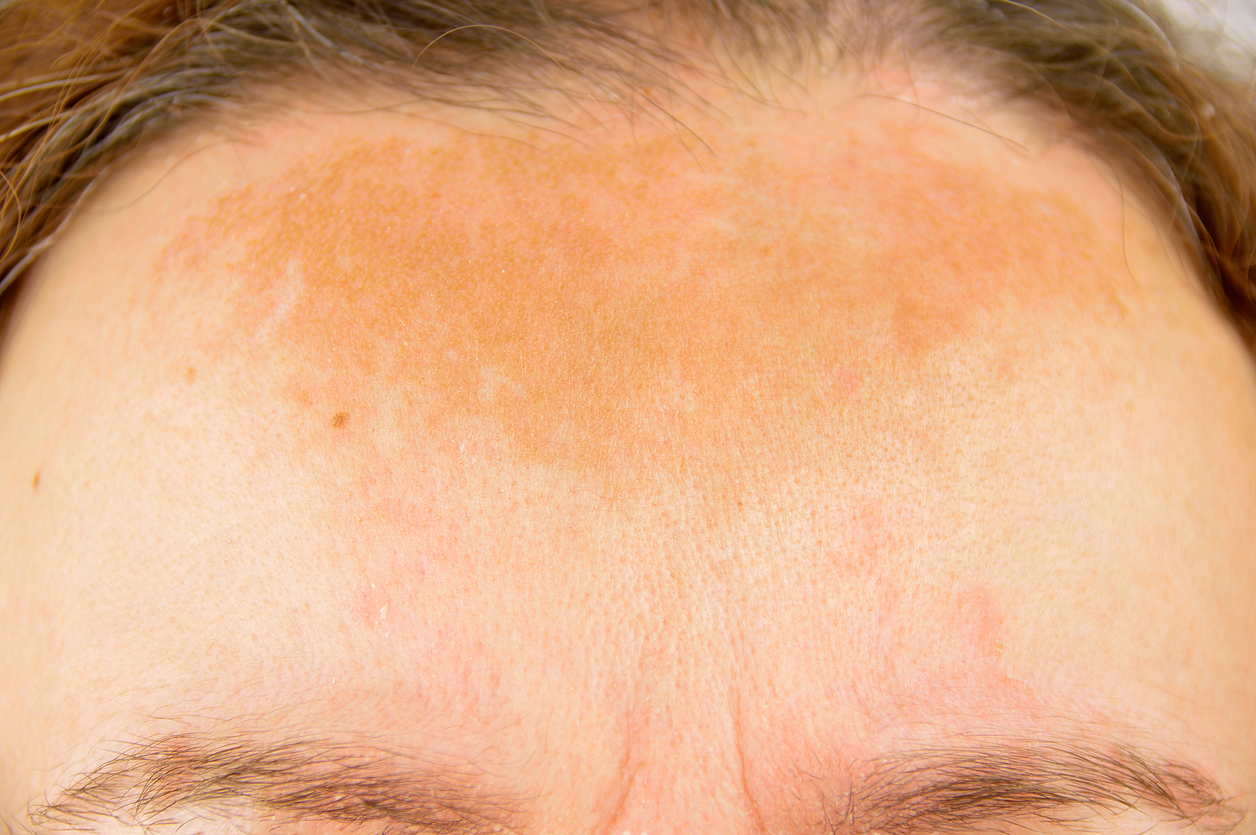Melasma appears as patchy shades of brown pigmentation on sun-exposed areas of the face. Melasma is more common in females and in darker skin types, and less common in fair or very dark skin.
Lasers offer a highly effective solution for treating melasma and other pigmentation issues. At Scars & Lasers Clinic, we use state-of-the-art laser technology to accurately address pigment at various skin depths. Our team selects specialised lasers based on the pigmentation's depth and the patient's skin tone.
Triggers such as UV radiation, hormonal changes (like pregnancy or oral contraceptives), and certain medications or skincare products can stimulate these melanocytes. UV light, in particular, not only activates pigment production but also causes inflammation in the skin, which can further worsen melasma.
People with darker skin types naturally have more active melanocytes, which makes them more prone to developing melasma. Additionally, research shows that vascular (blood vessel) changes and skin barrier disruption may also contribute to the condition.
While the exact cause can vary, the common underlying factor is melanin overproduction in response to internal and external triggers.

(Available on Excel V and Excel V Plus)
Best for
Mild cases or isolated vessels.
How It Works
The long-pulse Nd:YAG laser emits energy at a wavelength absorbed by haemoglobin in blood vessels. This heat causes the targeted vessels to collapse, effectively treating both surface red veins and deeper blue veins.
Results
Treated vessels may disappear immediately or gradually fade over several weeks.
(Candela VBeam Perfecta, Excel V, Excel V Plus, Sciton BBL)
Best for
More severe cases or large areas of visible facial veins and redness, particularly in rosacea.
How It Works
This approach layers multiple vascular-targeting technologies in one session, including:
Results
Effectively reduces visible veins, diffuse redness, and facial flushing commonly seen in rosacea.
(Candela VBeam Perfecta, Excel V, Excel V Plus, Sciton BBL)
Best for
Stimulating collagen and vascular remodelling to reduce persistent skin redness.
How It Works
Often recommended in combination with vascular laser or BBL treatments to enhance skin healing, texture, and redness reduction.

There are four primary factors to consider when addressing pigmentation issues. Firstly, excessive sun exposure is a major contributor. It's essential to use the right type of sunscreen in the correct amount and reapply it frequently. Without proper sun protection, treating pigmentation becomes difficult, no matter the time, effort, or money invested. Secondly, apply a well-balanced treatment plan that includes the appropriate combination of lasers, creams, and peels for effective results. Thirdly, it's crucial to treat the underlying source of inflammation, with acne being the most common cause. Acne often leads to post-inflammatory hyperpigmentation, making it a key factor to address. Finally, and most importantly, ensure an accurate diagnosis. There are over 150 possible causes of pigmentation, and identifying the correct one is the first step toward effective treatment.